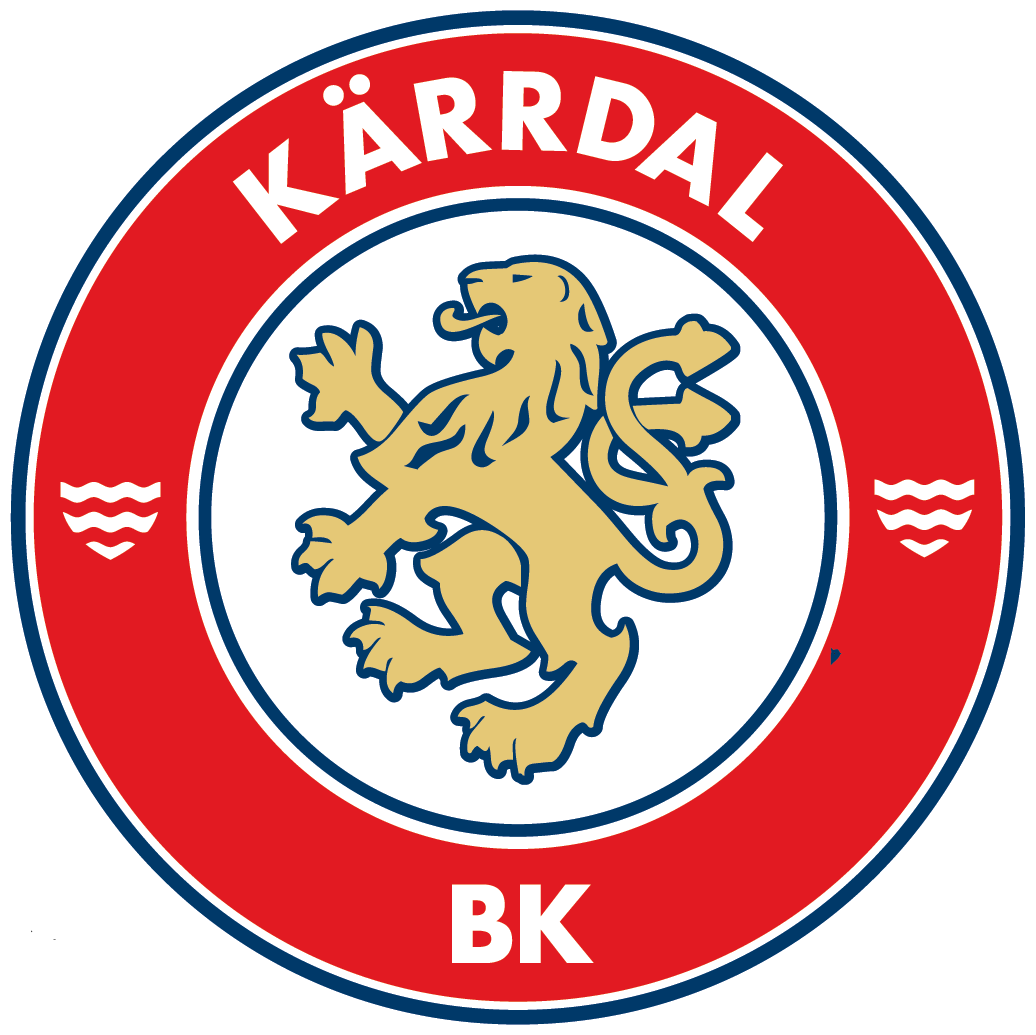Method
The KBK Way: A Hybrid Vision
Thanks to our diverse coaching background—both inspired by and adapted from the world-renowned methods of the English and Portuguese football systems, KBK has a clear vision for player development. We shape “Thinking Athletes” by combining the structural discipline and physical strength of the English model with the technical skill and tactical intelligence of the Portuguese philosophy. The result is “The KBK Way”: a dynamic, attacking style of play built on creativity, teamwork, and intelligence.
Our Core Principle: Promoting Creativity Through the Game
Modern football is no longer defined by a single attribute. It is a fast, fluid, and unpredictable game that demands quick and intelligent decision-making. We believe the best way to develop players for this environment is to expose them to it from day one.
Our methodology is therefore based on game-based learning. We do not rely on isolated, analytical exercises (such as passing drills without opposition), as they remove the true essence of football: the ball, teammates, opponents, and the goal. Instead, our sessions engage players in fun, motivating, and problem-solving situations. By constantly challenging players to perceive, analyse, and act in a dynamic environment, we develop the cognitive skills, creativity, anticipation, and tactical understanding that truly define an elite player. The game itself is the best teacher.
Our Model: A Holistic Four-Corner Structure
To ensure complete and balanced development—both as a player and as a person—we base our methodology on a holistic four-corner model, inspired by the English FA’s framework. Within each corner, however, we deliberately infuse the technical and creative spark of the Portuguese philosophy.
Technical / Tactical
This is where our hybrid philosophy truly comes to life. We develop technical ability, ball control, first touch, and creative dribbling through thousands of touches in small-sided games. At the same time, we emphasise tactical discipline, positional understanding, and execution at high speed and intensity. Our players learn not only how to perform a skill, but when and varför den ska användas i spelets rytm.
Physical
We build robust, powerful athletes capable of competing at the highest level, focusing on speed, strength, and endurance. However, we do this intelligently—following the Portuguese principle of letting the ball be the teacher. The majority of our physical training is integrated into game-based exercises, allowing players to improve their fitness while simultaneously refining their technical skills and decision-making.
Psychological
A KBK player is mentally strong. We cultivate the resilience, determination, and work ethic that characterise the English game, training players to handle pressure and lead by example. At the same time, we encourage creative confidence and intelligent risk-taking. We want our players to express themselves, attempt the unexpected, and view mistakes not as failures but as opportunities to learn.
Social
We understand that individual brilliance flourishes within a strong team collective. This corner focuses on developing the person behind the player. We instil discipline, respect, and communication skills, fostering a positive team dynamic in which players support one another towards collective success. Our aim is to shape not only skilled footballers but outstanding individuals.
The Result: The Complete KBK Player
By seamlessly combining these powerful philosophies, “The KBK Way” produces players without clear weaknesses. They are tactically adaptable—able to press with intensity or dominate possession through fluid passing. They are technically brilliant, physically strong, and mentally resilient. They are prepared for any challenge—equipped with the skill, intelligence, and character to succeed.
Our approach of long developing players also increases scouting possibilities with our English and Portuguese partners allowing for a fast integration when the time is right. In essence KBK bridges local talent with global opportunity empowering players to not only dream of international careers but to be ready for them.
